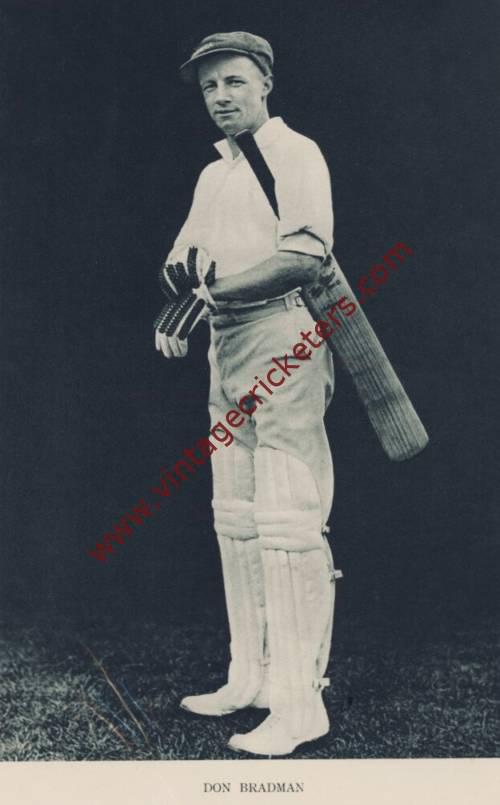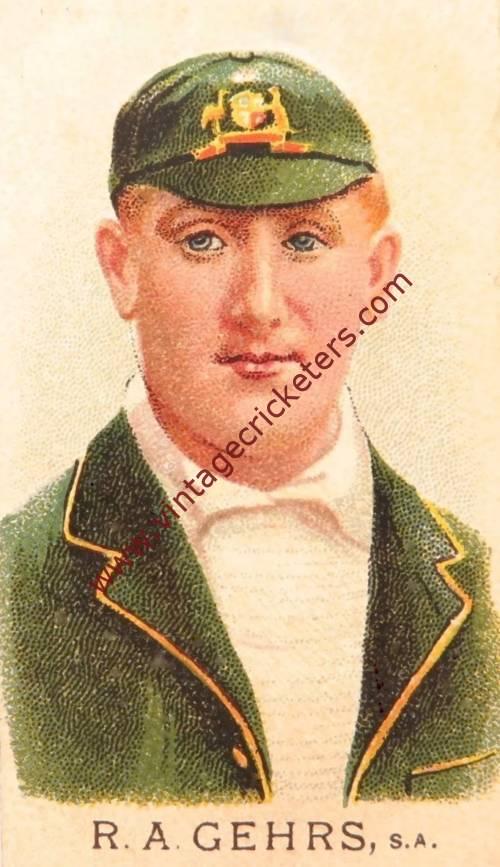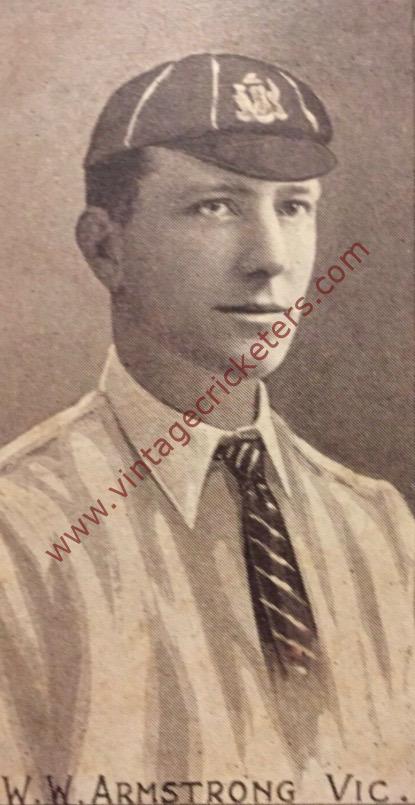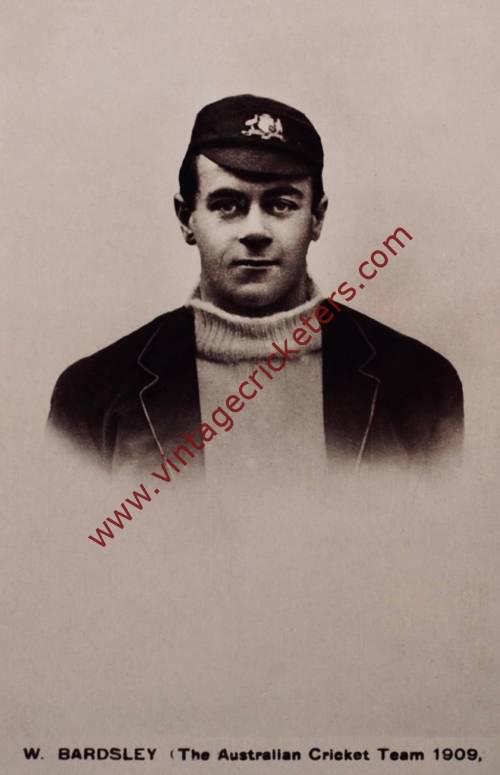Please choose your photo size from the drop down menu below.
If you wish your photo to be framed please select Yes.
Note: 16″x 20″not available in a frame.
Images can also be added to accessories. To order please follow these links
£8.95 – £49.95
Please choose your photo size from the drop down menu below.
If you wish your photo to be framed please select Yes.
Note: 16″x 20″not available in a frame.
Images can also be added to accessories. To order please follow these links
The maximum number of views of this element is reached.
Please contact the webmaster to enable unlimited views.
Dannevirke, Manawatu-Wanganui District, North Island born Jack Kerr was a solid opening batsman, with a technique based on a sound defence and scoring shots off his pads. He began to play in the Hawke Cup for Wanganui aged 15, helping his side to win the competition in his second year. He moved to Christchurch on the South Island to take up a job as an accountant, and he played for Canterbury in the Plunket Shield making his debut in 1929-30 and also playing in 1930-31.
Kerr was selected to play for New Zealand on its tour to England in 1931. He had mixed results in the Tests, scoring 2 and 0 in the First Test at Lord’s in June 1931 and 34 and 28 in the Second Test at The Oval, and was dropped for the Third Test at Old Trafford, but was more successful in the matches against the Counties, scoring a total of 804 runs during a damp summer at an average of 22.97. He played in one Test against the touring South Africans at Christchurch in February 1932, scoring 0 and 3. He played his fourth Test against the touring England team at Christchurch in March 1933, who were returning from the controversial Bodyline tour to Australia, making 59, his best Test score and only Test half century.
He was dominant in first class cricket in his native country, and made his highest first class score the same year, reaching 196 playing for Canterbury against Wellington. Kerr scored 146 not out and 71 for Canterbury against Errol Holmes’s M.C.C. tourists in 1935-36 and then posted 105 not out at Wellington and 132 at Christchurch in the “unofficial Tests”, and was recognised as the season’s best batsman, winning the Redpath Cup.
Kerr toured England again in 1937, playing his final two Tests at Lord’s and Old Trafford, and scoring a total of 1,205 first class runs on the tour at 31.71, with two hundreds. He scored 212 runs at 19.27 in seven Tests for New Zealand. His first class figures in 89 matches, mostly playing for Canterbury, were 4,829 runs, eight hundreds, 22 fifties and a rather healthier average of 32.19.
After retiring from the game, his last first class match being during the 1942-43 season, and serving in the Armed forces during the Second World War, Kerr chaired the New Zealand Cricket Council and managed the New Zealand side on their tour of South Africa in 1953-54. Kerr was the perfect administrator. He loved cricket and he continued his involvement with the game. He also served as a Test selector after the Second World War. New Zealand Cricket Chairman Sir John Anderson paid his predecessor the following tribute: “Jack [Kerr] made a significant contribution to New Zealand Cricket and the New Zealand Cricket Foundation over a number of years and his support was warmly welcomed and greatly appreciated.”
When complimented on this, and later after being awarded the New Zealand Order of Merit, Kerr offered his credo: “Cricket has given me so much, so I try to give something back to a game I love.”
Kerr was President from 1956-57 to 1972 and Patron from 1977 to 2005 of the Burnside West Christchurch University Cricket Club during this time he saw the merger of the club with Burnside Cricket Club and the move to Burnside Park.
He was the second oldest surviving Test cricketer at the time of his death aged 96 in 2007, being 10 days younger than fellow countryman Eric Tindill who survived to the age of 99.
Vintage Cricketers was founded in July 2019. There are more photographs of this cricketer in the Vintage Cricketers library, which are due to be loaded in due course. In the meantime, please send a message to us using the contact form at the bottom left of this page and we can arrange to prepare and publish all images of this cricketer if you have a particular interest in him.
| Weight | N/A |
|---|



